The newest store and showroom of the Ukrainian fashion brand COOSH has recently opened in the small town of Ternopil in Western Ukraine. The project was completed in four months, starting in June 2022, the fourth month of the war. Almost all the furniture and materials were refurbished, renovated, or custom-made in Ukraine.
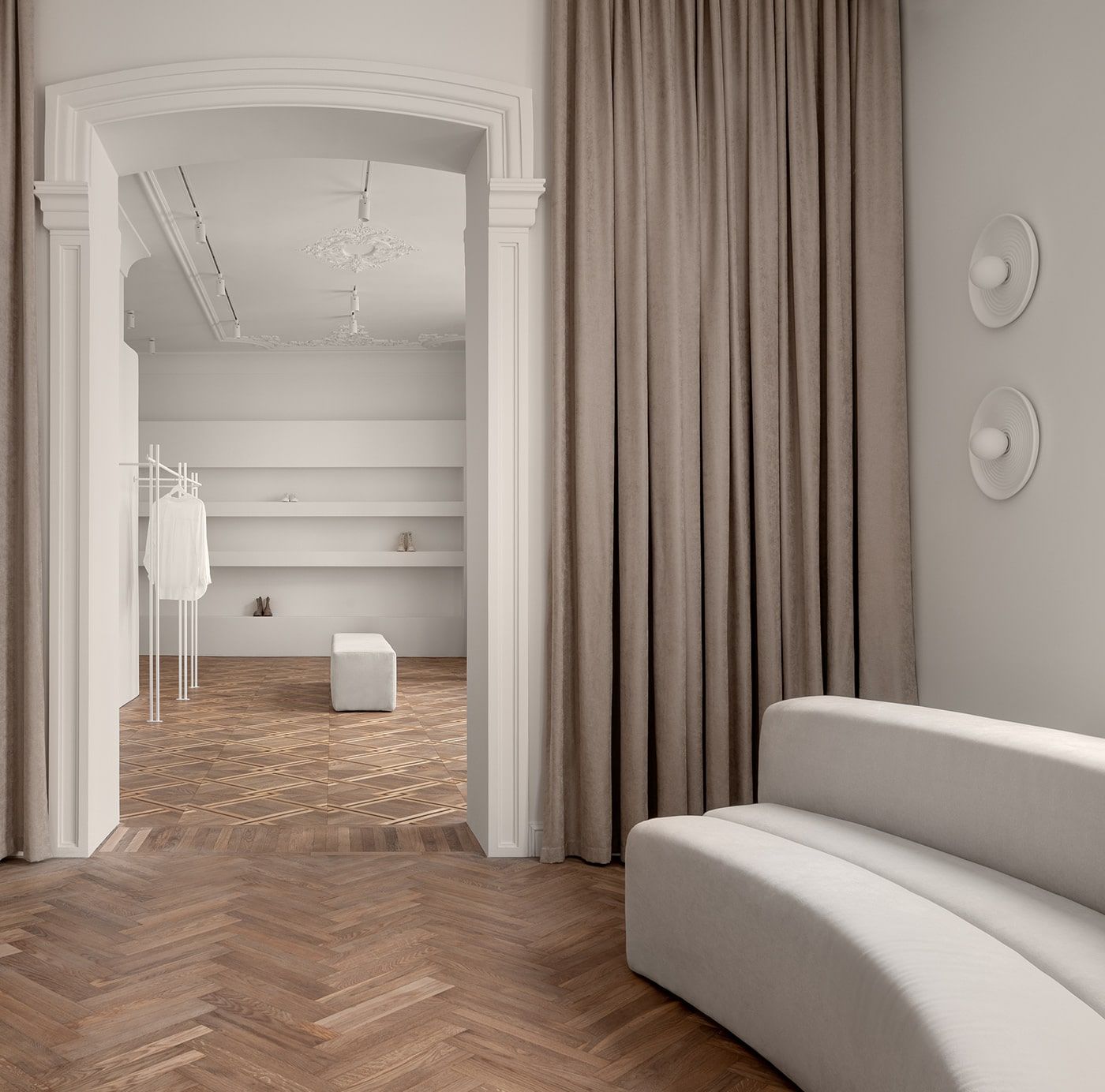
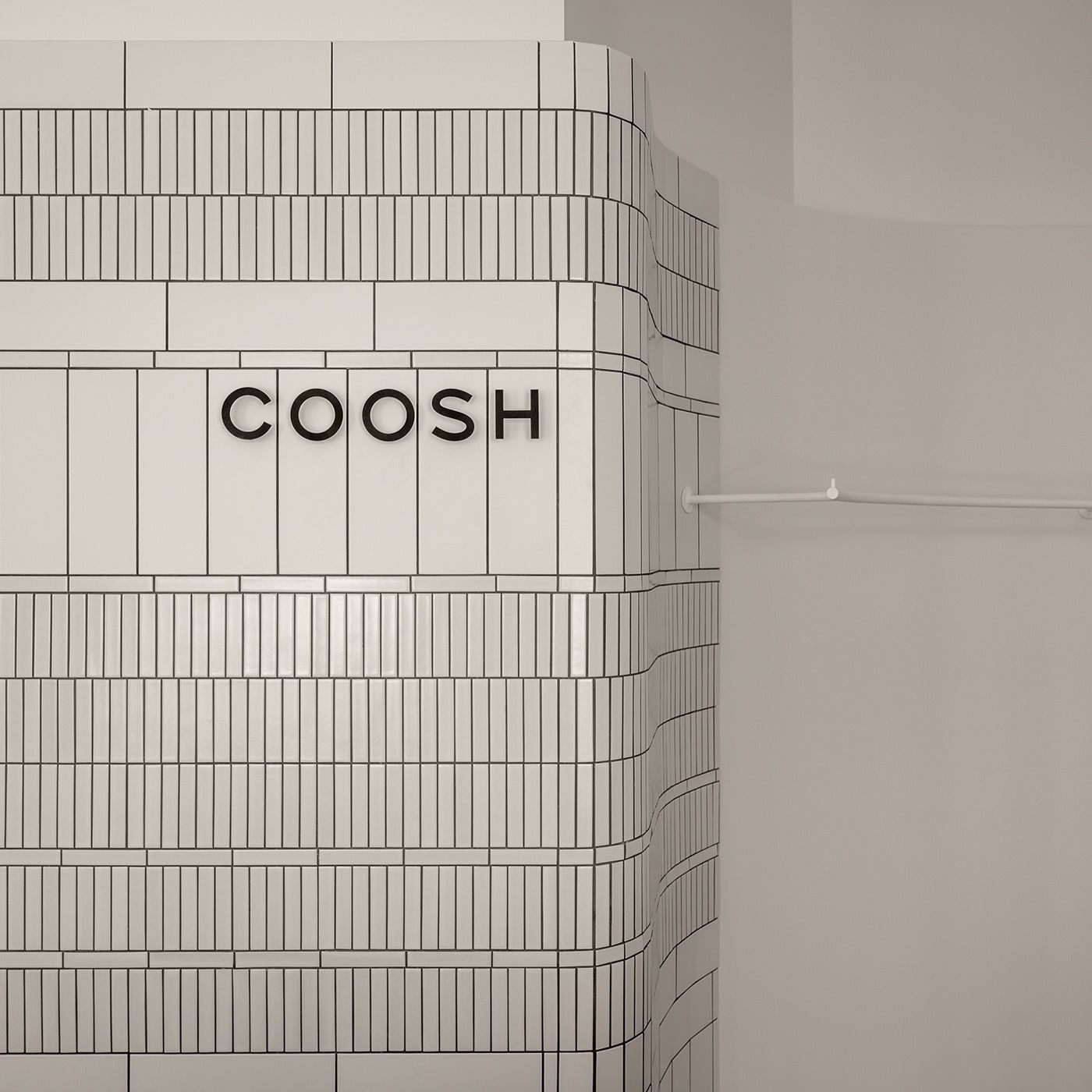
The founder and creative director of the brand is influencer Alina Frendiy. Its story started in 2017 with a small showroom also in Ternopil, Alina’s hometown, and a few years later it grew into a full-fledged, self-produced brand. Today COOSH has showrooms in Kyiv, Ternopil, and Lviv, with the new store created by architect Sofiia Hupalovska and interior designer Alina Nykonets.
“The main task was to show the individuality of the place, to show our respect to the past in times when somebody wants to destroy it,” the creators explained.
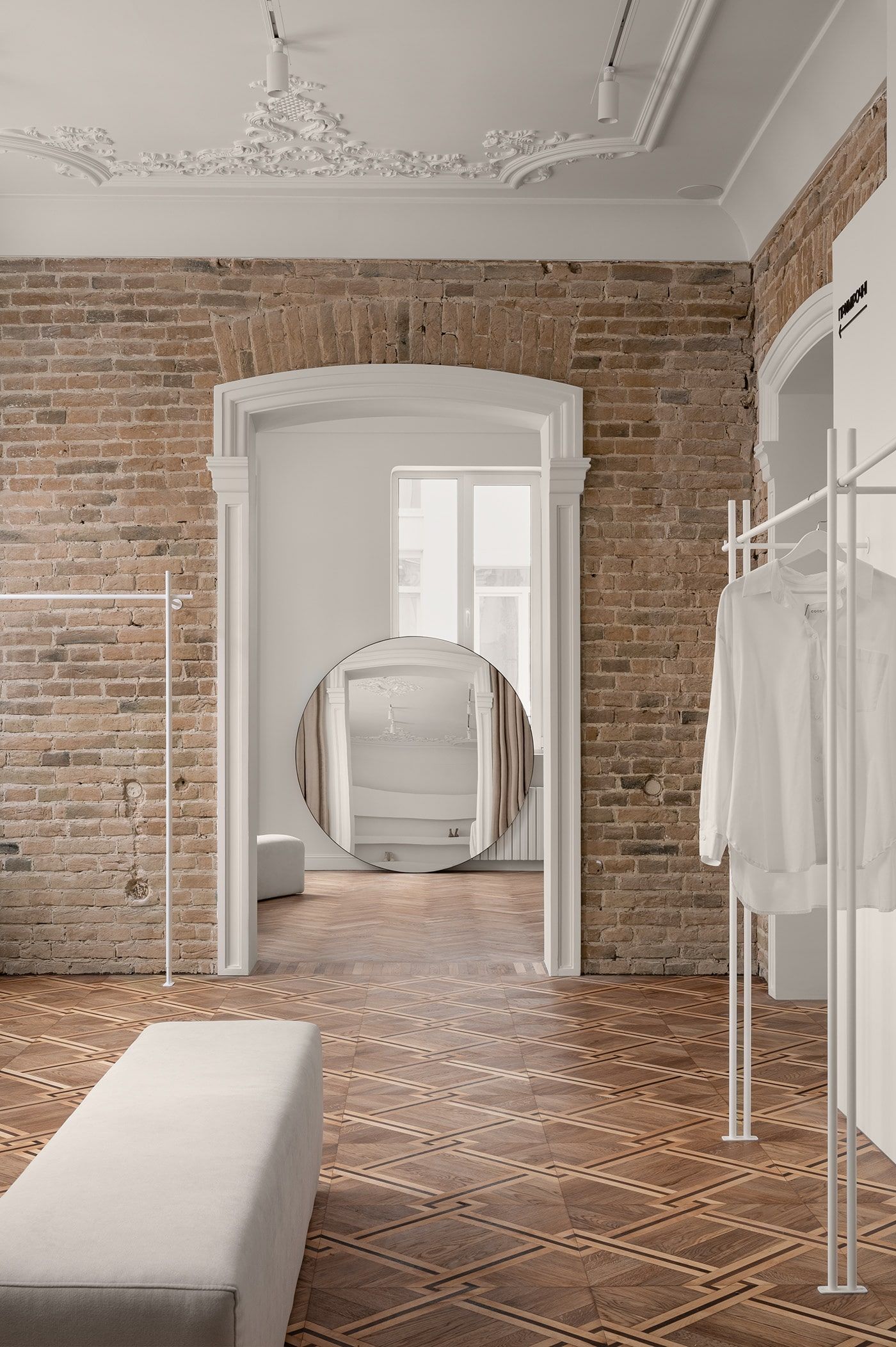

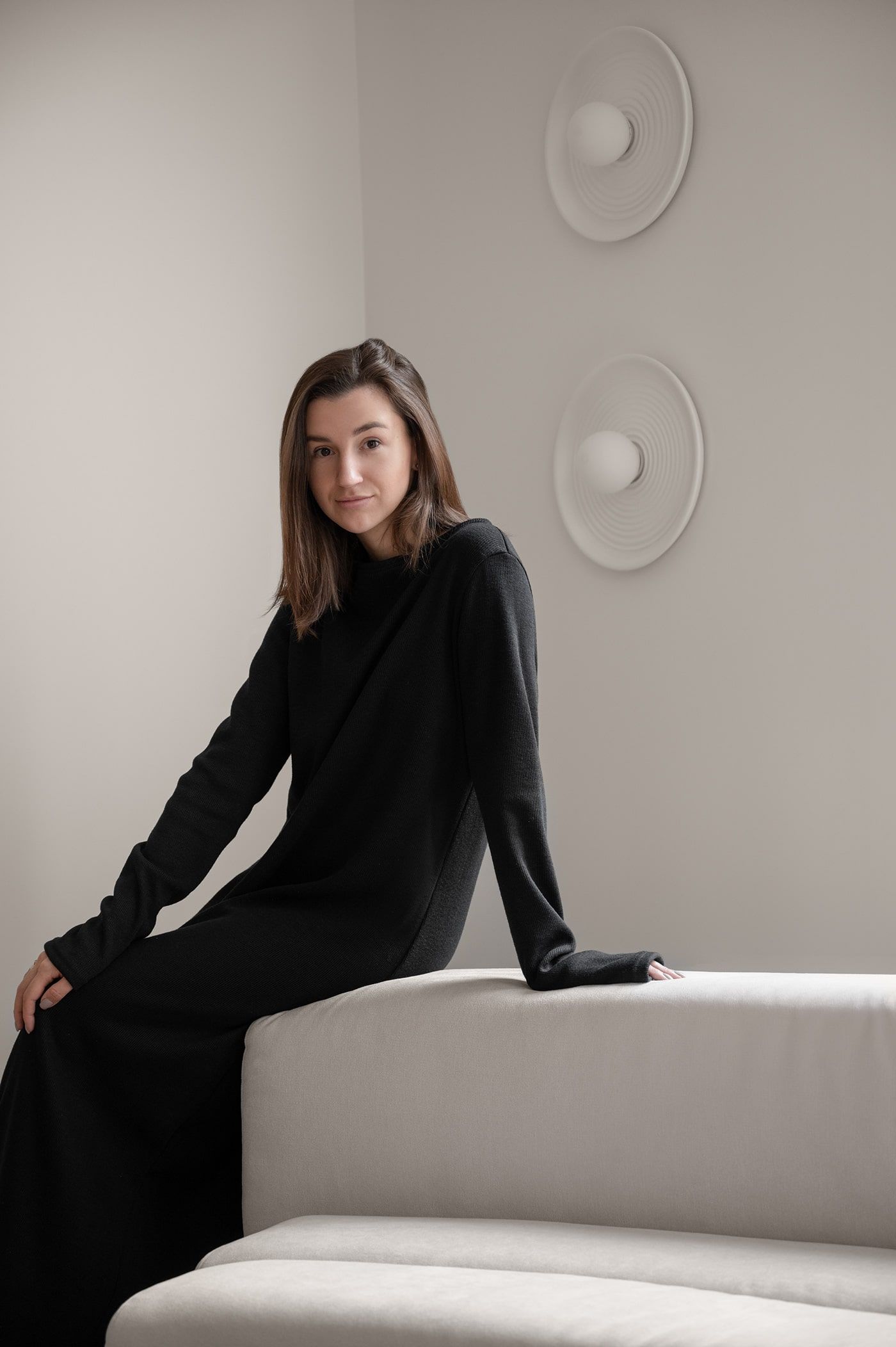

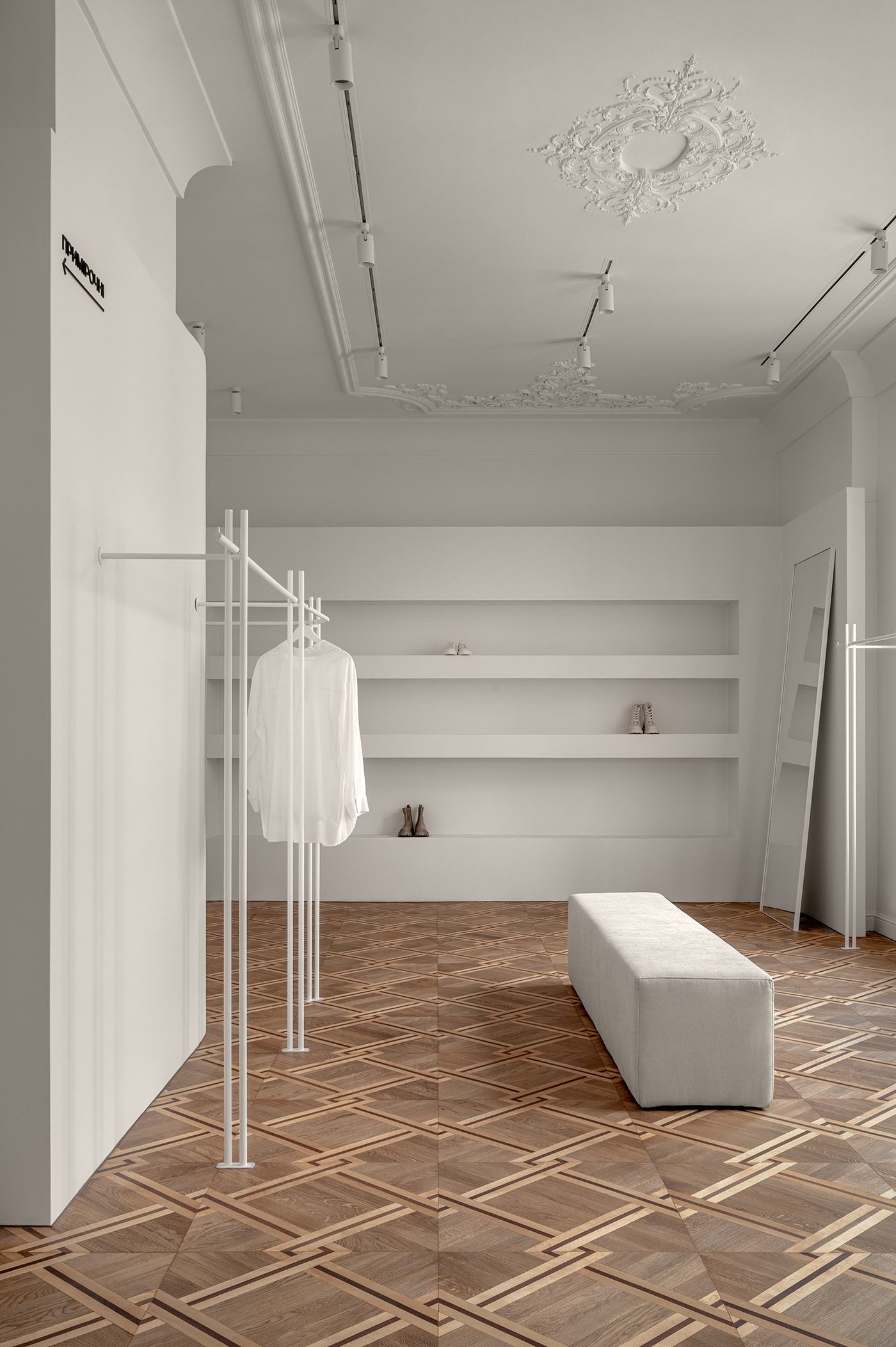
This respect for history had to find its place in the brand’s strategy, whose main pillars are simplicity, basic pieces, and elegance. The main design direction is the combination of simple elements in an attempt to create a new visual experience.
The store is located in an old building of 170 square meters, with spacious staircases connecting the two floors. The first floor consists of two shop areas and a separate room, which houses the reception, the waiting room, and the warehouse, while the second floor features a showroom and a shopping area with fitting rooms and a staff room. Since the building was originally in very poor condition, new windows, doors, and walls needed to be installed, and the floors and facade needed to be renovated.
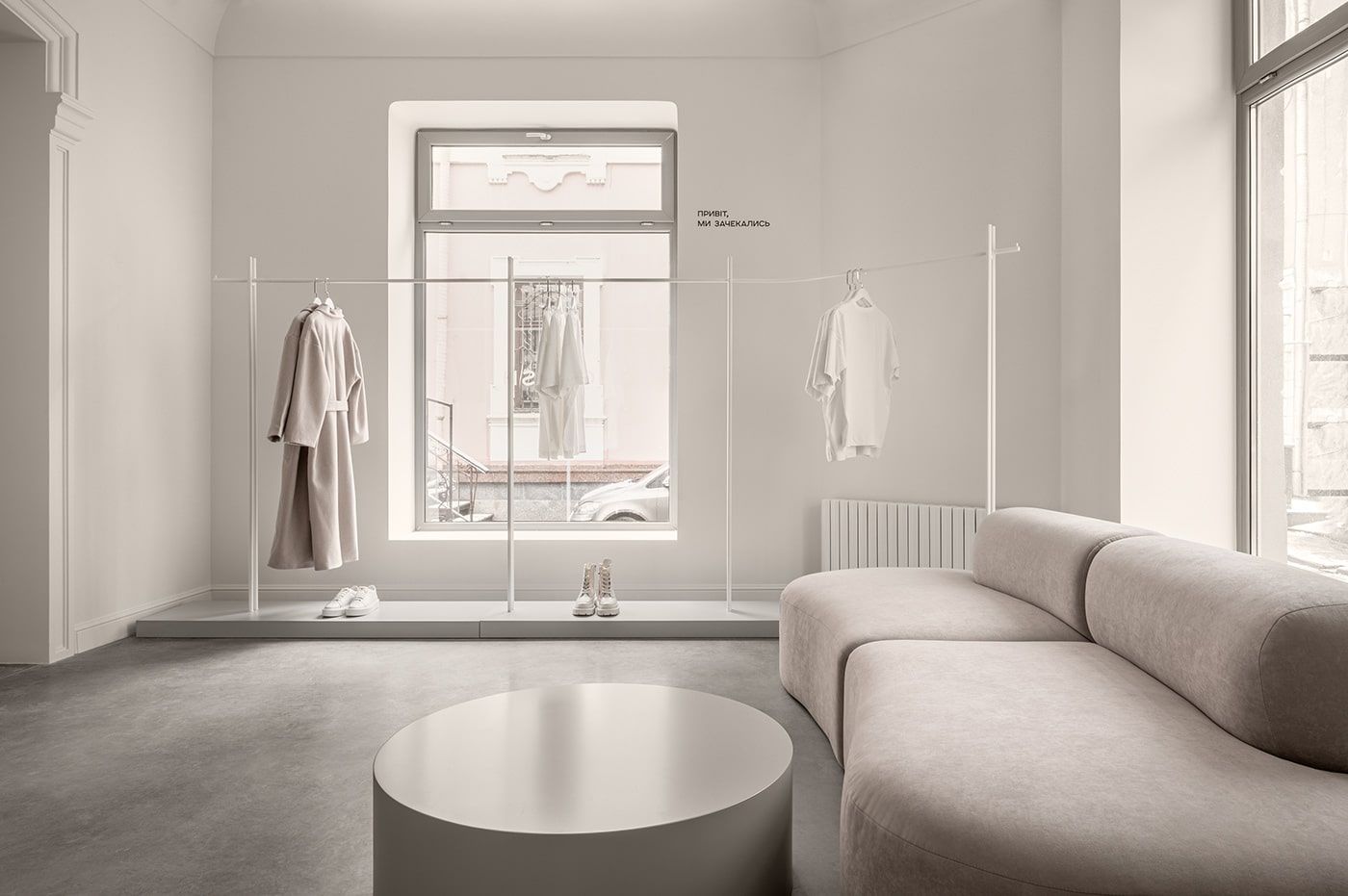

After removing the top layer of the flooring, the original wooden floor was exposed to the contractors’ delight, so they decided to keep and renovate it. Thus, a unique interplay a two different textures was created on the second floor.
One of the visual highlights of the showroom is the modern, robust reception area. The wall behind it features a playful tile mural that at first glance looks like piano keys, created by pairing two different types of tiles arranged in different directions.
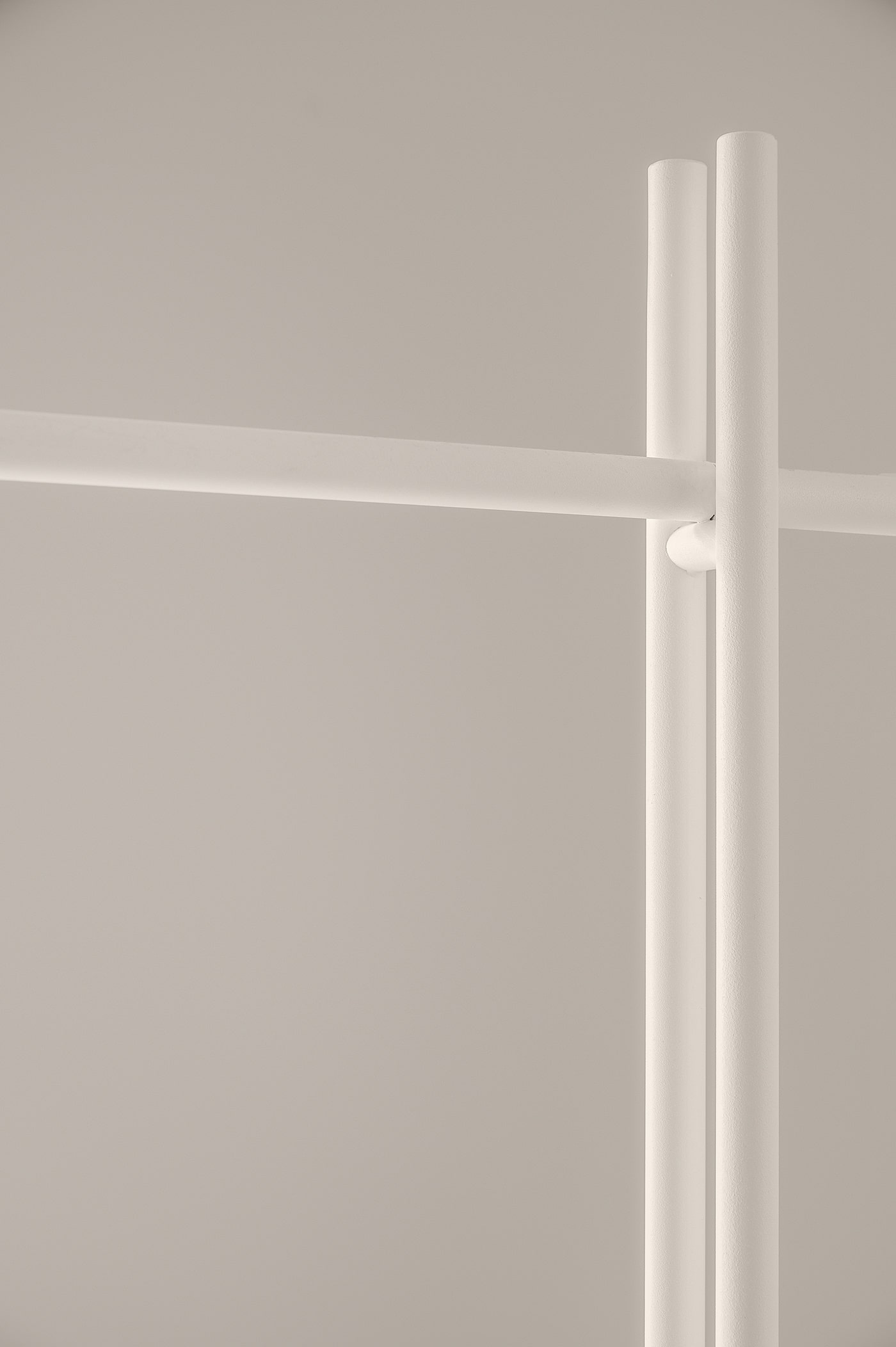
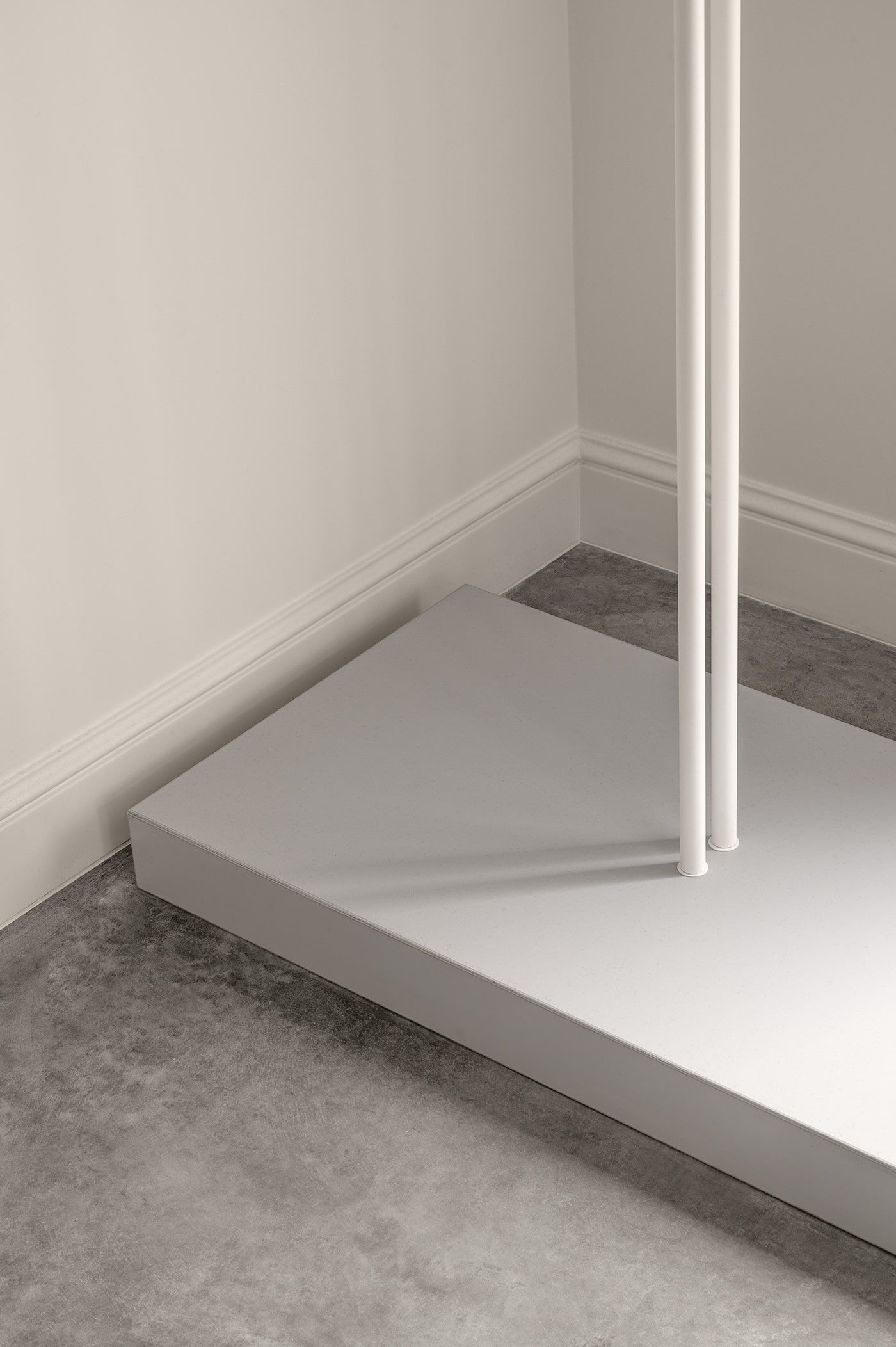
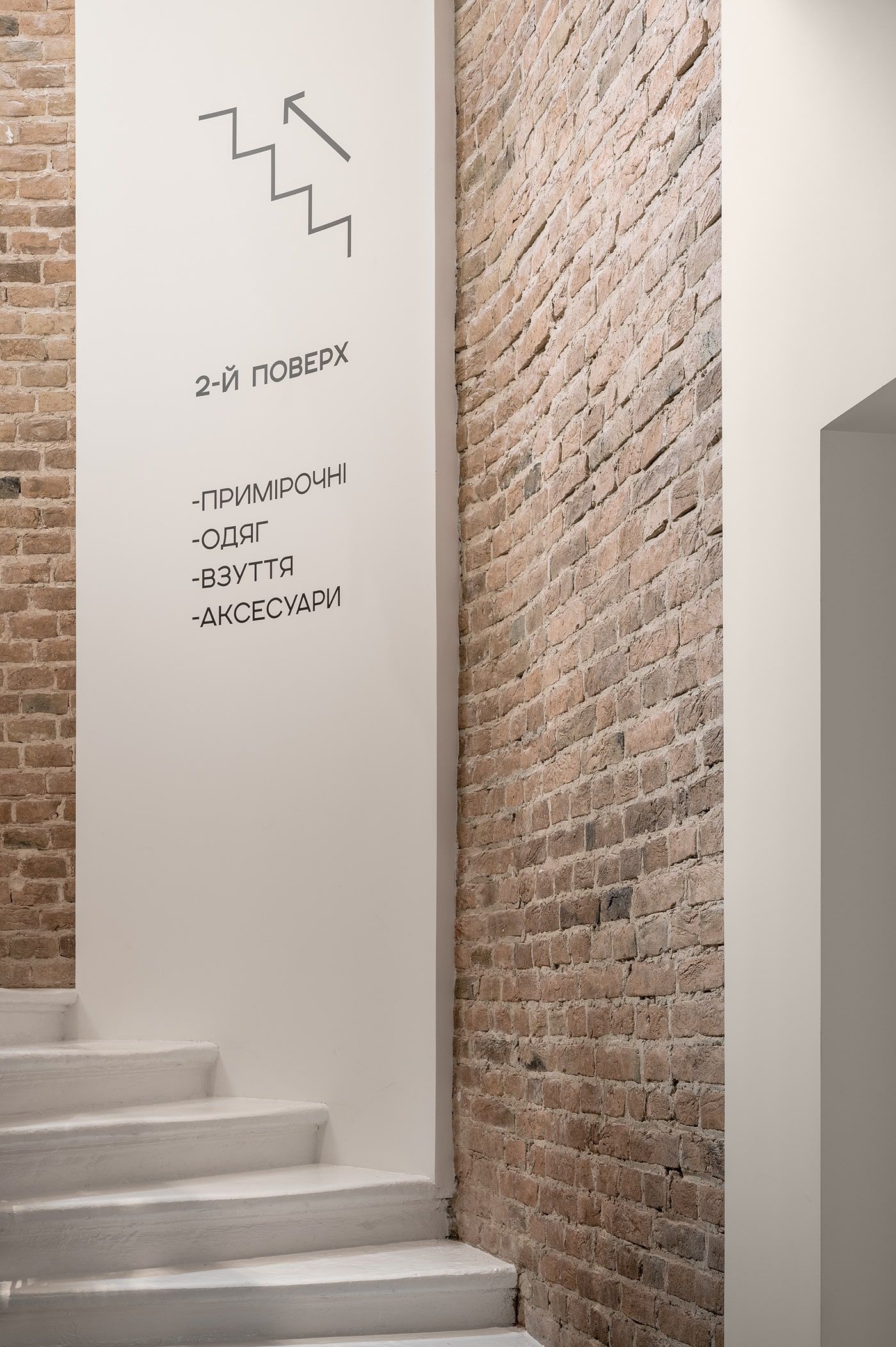

The rails holding the clothes were custom-made for the project from a combination of metal tubes. There are several types: freestanding, wall-mounted, and with or without a baseplate. They had to be economical yet highly reliable. The walls and ceilings were made even more speial with stucco and moldings, to further enhance the historical effect.
Photos: Yevhenii Avramenko
Source: Behance

A film shot in Prague wins the Oscar for Best Foreign Language Film

It’s not all about Budapest! | Veszprém gastro-review part 2










